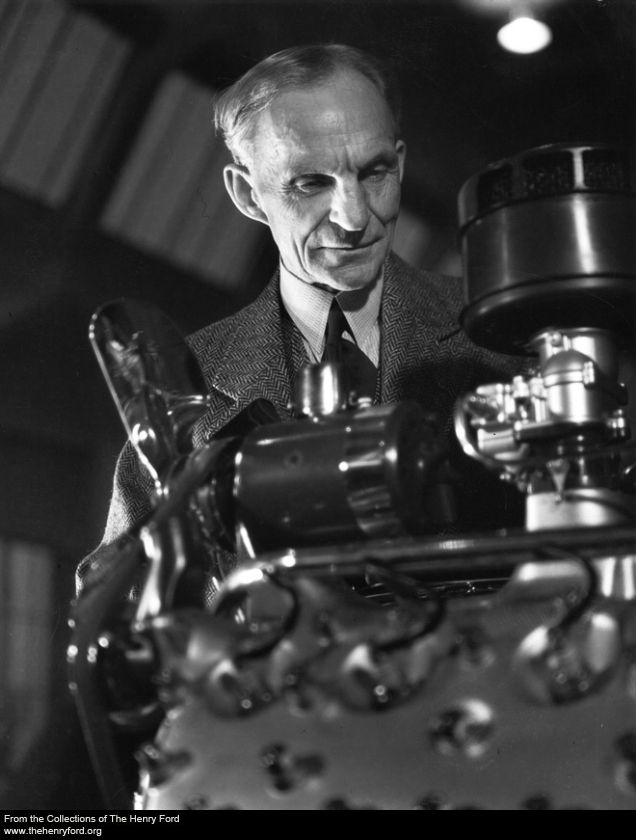In the 1940s, Henry Ford, always the visionary, believed the future of cars wasn’t just in steel and rubber—it was in soybeans. Yes, you read that right. Ford was fascinated by the idea of making cars from plant-based materials, and he even built a prototype of a soybean car.
The Birth of the Soybean Car
Ford’s interest in plant-based car materials stemmed from two major concerns: the rising cost of steel and the desire to support American farmers. He had been experimenting with soybeans for years, even incorporating soybean-based plastics into steering wheels and dashboards. But he wanted to take it further—he wanted an entire car body made from organic materials.
To bring his vision to life, Ford collaborated with George Washington Carver, the famous agricultural scientist, and a team of engineers. They developed a plastic-like material using soybeans, wheat, hemp, and other natural fibers, held together with a strong resin. The result? A car that was 1,000 pounds lighter than traditional steel cars, making it more fuel-efficient and possibly even more impact-resistant.
The Axe Test & Public Reveal
In August 1941, Ford finally unveiled the soybean car at the Dearborn Days Festival in Michigan. To demonstrate its toughness, he grabbed an axe and swung it at the car’s trunk in front of a crowd. Instead of denting or breaking, the axe bounced right off the durable plant-based material. People were stunned—could this be the future of automobile manufacturing?
Ford was so confident in the concept that he even envisioned a world where cars could be “grown” instead of built. His dream was to reduce dependence on traditional manufacturing materials and create a more sustainable future for the auto industry. He even wore a suit made of soybean-based fabric to further showcase the versatility of plant-based materials.
Why Didn’t the Soybean Car Take Over the World?
The timing couldn’t have been worse. Shortly after its reveal, the U.S. entered World War II, and the focus shifted entirely to wartime production. Ford had to abandon his soybean car project as resources were redirected toward building tanks, airplanes, and military vehicles.
By the time the war ended, advancements in metal production and new materials like fiberglass took center stage. The soybean car faded into obscurity, and no additional prototypes were built. Even today, the exact composition of the plastic-like material Ford used remains a mystery, as the original formula was lost over time.
Theories About the Soybean Car’s Material
Because the original prototype no longer exists, many have speculated about what exactly went into the car’s construction. Some sources claim the plastic body was made of a blend of soybean fiber, wheat, and other organic materials, while others believe it included phenolic resin reinforced with natural fibers. The true formula remains unknown, adding an element of mystery to this unusual chapter in automotive history.
The Legacy of the Soybean Car
While Ford’s dream of plant-based cars never materialized in his lifetime, his idea wasn’t entirely forgotten. Today, automakers are once again exploring biodegradable car components, soy-based foams in seats, and plant-derived plastics for dashboards and panels. Companies like Toyota and Ford itself have experimented with using sustainable materials in modern car production, proving that Henry Ford’s vision was simply ahead of its time.
Ford’s experiment with soybean-based materials may not have revolutionized the industry back then, but it sparked a conversation about sustainability that continues to this day. Imagine a world where you could grow your car—maybe we’d be harvesting sedans instead of crops today! Ford may have been ahead of his time, but his vision of sustainable cars is finally making a comeback.
